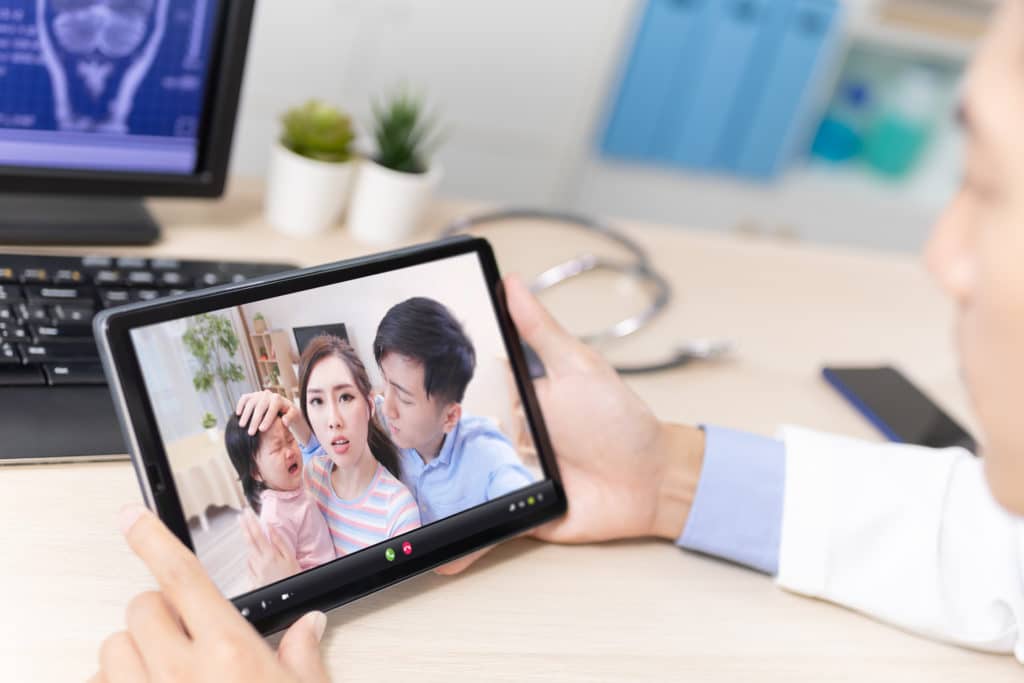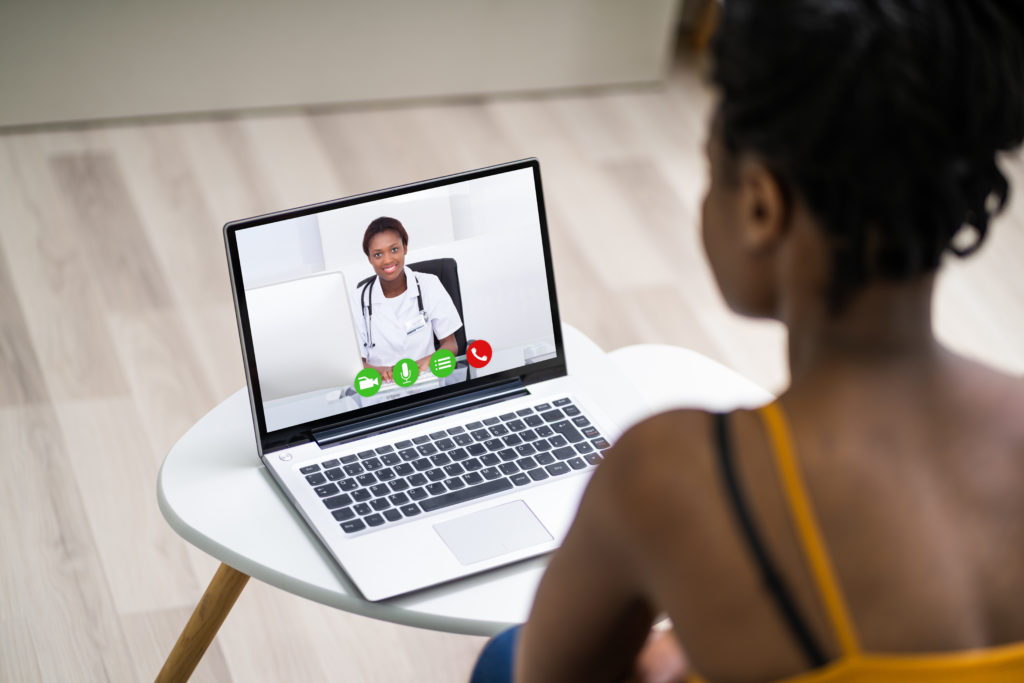In this, the information age, practices rely heavily on the internet and other computer-based strategies for storing and retrieving patient medical information. More than 90% of practices in the United States utilize electronic medical records, and the majority of smartphone and tablet users have downloaded at least one app designed to track their health.
These technological advances, while improving accessibility, have also made it more difficult to protect patient information. The shift to telehealth has exacerbated the problem. Despite the difficulty, safeguarding medical information is crucial to protect patients from identity theft.

Federal Law
HIPAA, the Health Insurance Portability and Accountability Act, is the defined set of legal requirements to protect patient information. Originally passed in 1996, HIPAA’s privacy and security rules safeguards patient health information at the healthcare-provider level. Organizations acting for practices, including insurance firms, must legally adhere to these federal restrictions.
Precautions Practices Can Take to Protect Patient Information
While patients certainly have a responsibility to use discretion in disclosing or sharing their medical information, healthcare providers must also be vigilant. Not only do they have a legal obligation to protect patient information, it is part of honoring the trust patients put in them.
Have Practice-Specific Policies
Not all healthcare facilities work with the same kind of information or interact with patients or external organizations in the same capacity. The plan for your practice to keep patients’ medical information safe should reflect the work you do and be geared toward the particular data with which your organization transacts. The goal to keep electronic health information secure should be reflected in your practice’s policies, procedures, and systems. Your plan should also include training goals and systems for your employees.
Keep Security Training Current
The people carrying out your security plan will chiefly include the physicians and nurses in your practice. All of your employees should be well-versed, not only the methods of security, but also on its importance. Make sure your team understands how to store and send data securely to protect patient information, using methods we will describe below.

HIPAA regulations are an evolving entity, and as we continue to base more of our information and information-sharing technologies online, the regulations governing those will also adapt. New regulations, beyond HIPAA, may be a thing of the future. For this reason, it is critical that medical staff stay up-to-date on their security training. Anticipating changes can make regulatory adjustments even easier.
While patient error is not the responsibility of a healthcare practice, educating patients on the basics of security protects them and makes a medical facility’s duty easier. Help patients understand the importance of keeping their medical information safe and not sharing it, especially not on social media. They should never assume that any online forum is safe.
Use Encryption
Encryption is a computer data protection strategy that converts information into code. This makes the data less accessible without authorization and is an especially good strategy to protect patient information. All data and especially mobile devices in your facility should be encrypted.
Other methods available to make storage more secure include passwords, firewalls, and antivirus software. Passwords should be strong, using combinations of letters and numbers that are not easy to identify easily. Staff should log out of networks when they have finished working on them and should refrain from using personal devices to access patient information.
Other strategies practices can employ to protect information while it is stored include using secure hardware and software, vigilantly monitoring online forums and cloud-based services, and destroying information that does not need to be kept.
Be Wary During Remote Handling
Information is at its most vulnerable when it is in transit, either during telehealth sessions or when being transferred between patient and practice. For telehealth work, invest in a secure wifi network, and encourage patients to have the same when accessing their medical information. The video platform used in remote conferencing should also be secure. While they make communicating with patients easy and immediate, be wary in the use of options like texting or private messaging. These platforms have minimal security features and may even violate HIPAA standards.

Routinely Clean House
In addition to keeping your plan to protect patient information current and in harmony with HIPAA standards, regular housekeeping is an essential part of any good security strategy. Keep your practice’s firewalls and security software up-to-date at all times through updates. Every year, perform a security risk analysis to verify the security of all the storage tools you employ.
Establish a Failsafe
Sometimes the worst does happen. Hacks are sometimes successful, and breaches in security do occur. Before they do, establish a response plan designed to contain damages and mitigate losses. This should include a chain of command, but the response should not be dependent on it since immediate action is the key to minimizing damage. Have corrective methods ready to go in case of an incident, i.e. enable remote wiping or disabling on all your networks and servers.






